
During his 26 years as abbot of Shaolin Temple, Shi Yongxin turned the temple hidden in the mountains and forests into a "commercial empire" - Photo: IFENG
On July 26, information from Shaolin Temple - the temple known as "The number one temple in the world " - caused a stir in public opinion: Abbot Thich Vinh Tin was taken away for investigation by authorities.
He is suspected of committing criminal offenses, specifically embezzlement and misappropriation of project capital and temple assets; and seriously violating Buddhist precepts by maintaining long-term illicit relationships with many women, even having children out of wedlock.
Since then, Chinese media has also begun to expose the dark past of the "CEO in monk's robe" Thich Vinh Tin.
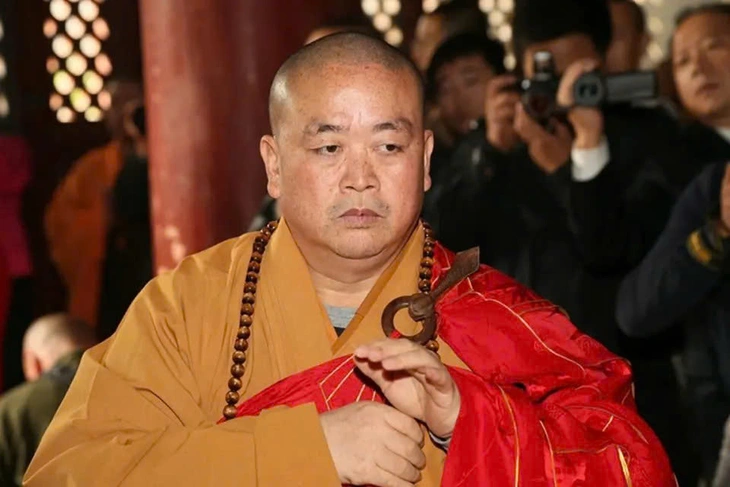
In 1982, the movie Shaolin Temple shocked the box office, turning the thousand-year-old temple into a popular entertainment icon. Since then, the survival situation of this temple has changed completely - Photo: QQ
From ruined temple to commercial empire
According to QQ, in 1965, in Yingshang County, Fuyang City, Anhui Province, a peasant boy named Liu Yingcheng (Buddhist name Shi Yongxin) was born. Entering the 1980s, China saw a boom in qigong and martial arts movements.
In 1981, Liu Yingcheng was only 16 years old, carrying his passion for martial arts, he walked hundreds of kilometers to Shaolin Temple on Mount Song.
At that time, Shaolin Temple was in serious disrepair: 20 old monks were in their late years, weeds grew waist-high, the mountain roads were rugged and difficult to travel, and only an old temple gate remained.
In 1996, Shi Yongxin registered a domain name and created an official website for Shaolin Temple, becoming one of the first religious organizations in China to "embrace" the digital trend.
In 1997, he founded the Henan Shaolin Temple Industrial Development Company, the first religious company in the history of Chinese Buddhism.
Since then, Shaolin Temple's business map has continuously expanded into the fields of culture, cuisine, tourism, pharmaceuticals, fashion, etc. and gradually created a multi-industry commercial ecosystem with a strategy of brand expansion and foreign investment, not inferior to any economic group.
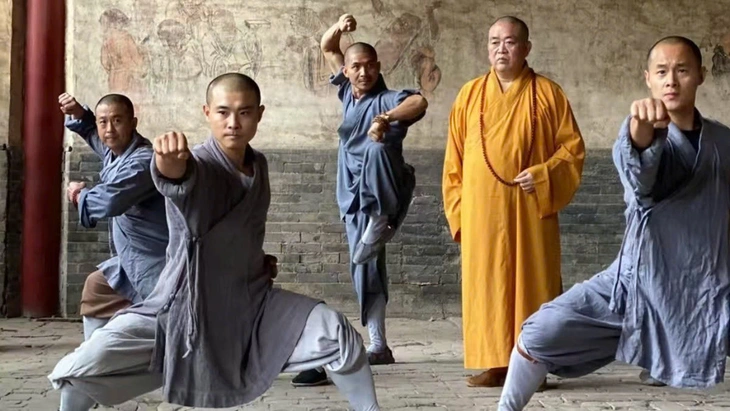
By 2019, Shaolin Temple's pharmacy revenue exceeded 80 million yuan, helping the brand become an "internet phenomenon" in the traditional medicine industry - Photo: QQ
When trust becomes a money-making tool
In fact, the controversy surrounding the commercialization of Shaolin Temple has existed for many years.
In 2015, a person claiming to be a former Shaolin disciple - Thich Chinh Nghia - filed a complaint accusing Thich Vinh Tin of having complicated relationships with many women, using two citizen identification cards, misappropriating temple property... with a total of 7 major suspicious points. The authorities then conducted an investigation and concluded that some of the content was untrue, the rest were not sufficiently substantiated.
In February 2015, the news that Shaolin Temple was preparing to build a 4-star hotel and golf course in Australia caused a media frenzy.
Issues that have caused concern include skyrocketing temple entrance fees, annual donations that are considered too high, and the price of incense burned at temples - the cheapest is 400 yuan, while the high-end ones can cost up to 100,000 yuan.
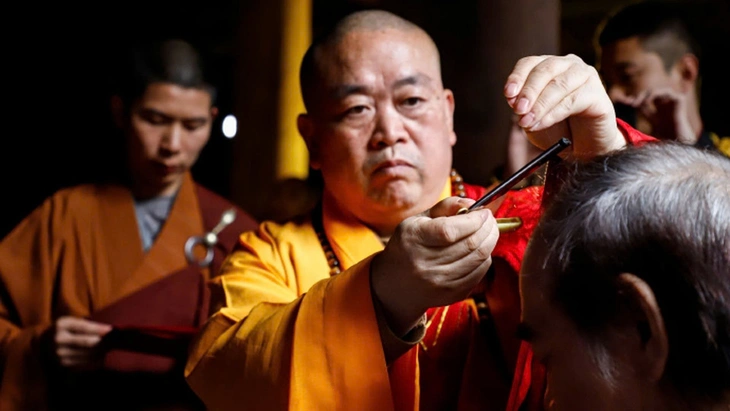
Thanks to the special “religion + commerce” model, Shaolin Temple's total annual income skyrocketed from less than 1 million yuan in the 1980s to more than 1.2 billion yuan in 2019 - Photo: QQ
Shops on the temple grounds have been accused of charging sky-high rents, even millions of yuan a year. Feng shui items and jewelry have also been accused of being overpriced, leading to a wave of protests against the temple for "using faith to make profits."
The fact that Thich Vinh Tin once held 80% of the shares in the temple's asset management company further surprised the public. The peak was the 452 million yuan land auction in Zhengzhou in 2022, causing many to worry that the peaceful Zen monastery was becoming a playground for investors.
To date, of the companies invested by Shaolin Temple, 7 are still operating, 8 have been dissolved, and 1 has had its license revoked. This enterprise used to operate in the fields of cultural investment, cultural infrastructure construction, and real estate.
In the face of criticism, Thich Vinh Tin always defends his point of view: "Commercialization is to preserve and develop culture."

Many people criticize that Shaolin Temple turns incense offering into "paying for peace of mind" - Photo: DEALMOON
During his 26 years as abbot, Thich Vinh Tin led Shaolin Temple out of its seclusion and into a global religious, cultural and commercial empire.
The path he chose, though controversial, contributed to putting Shaolin martial arts on UNESCO's list of intangible cultural heritage, establishing more than 50 cultural dissemination centers in dozens of countries with tens of millions of students studying each year.
The strategy of "culture going out to the world" was highly appreciated when Shaolin Temple contributed to international forums on climate change and public health, helping to spread the spirit of meditation in modern society.
However, a recent investigation has exposed the dark side of that operating machine. A Chinese scholar once warned: "If commercialization goes beyond the threshold, Shaolin Temple may no longer be the Zen ancestral temple, but only a martial arts amusement park."
Source: https://tuoitre.vn/ceo-khoac-ao-ca-sa-tru-tri-thich-vinh-tin-keo-thieu-lam-tu-vao-vong-xoay-the-tuc-ra-sao-20250728094453218.htm





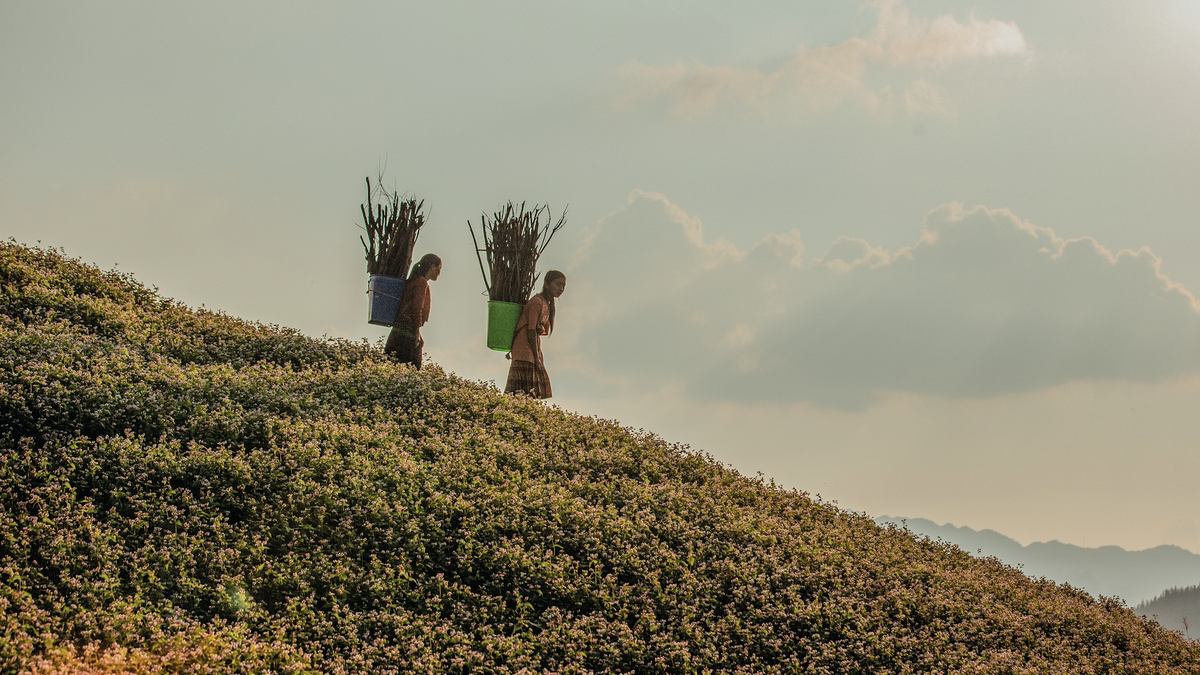
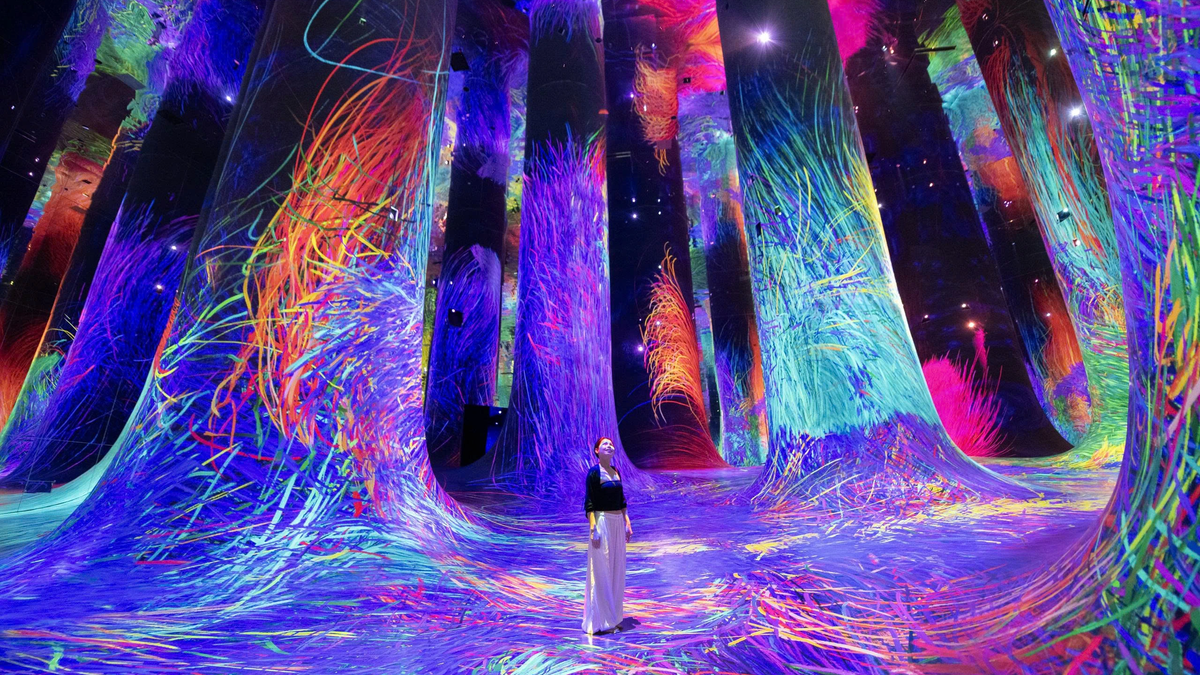
![[Photo] General Secretary To Lam and National Assembly Chairman Tran Thanh Man attend the 80th Anniversary of the Traditional Day of the Vietnamese Inspection Sector](https://vphoto.vietnam.vn/thumb/1200x675/vietnam/resource/IMAGE/2025/11/17/1763356362984_a2-bnd-7940-3561-jpg.webp)
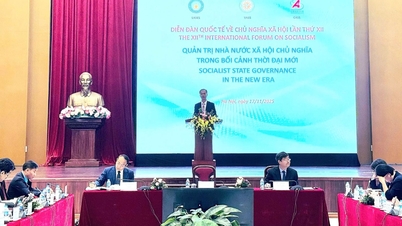

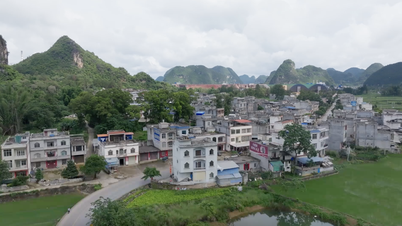


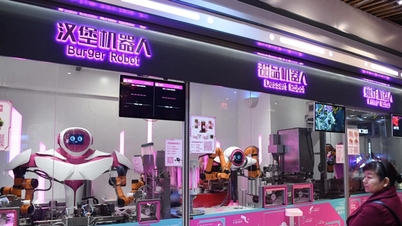

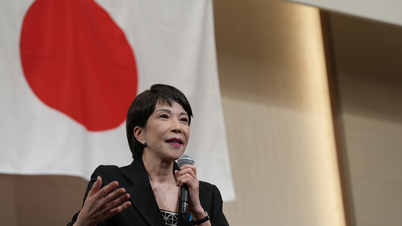
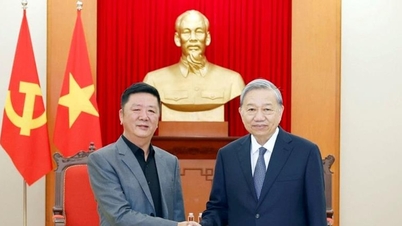

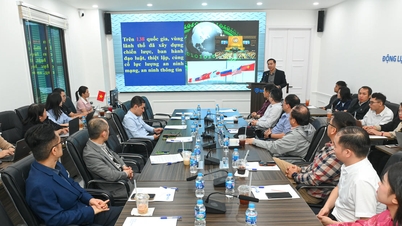

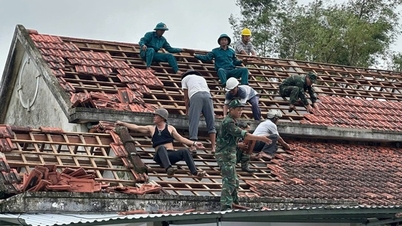

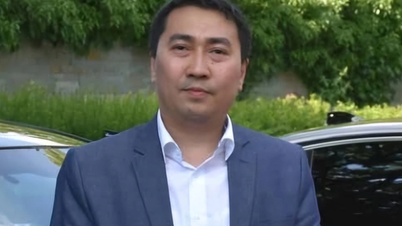
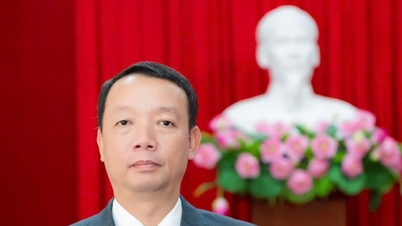






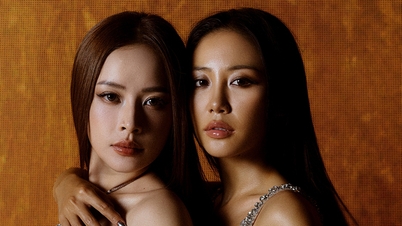
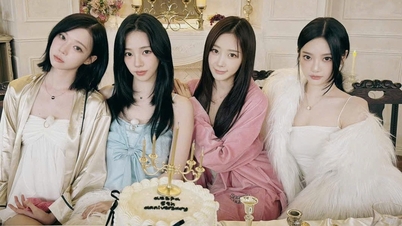
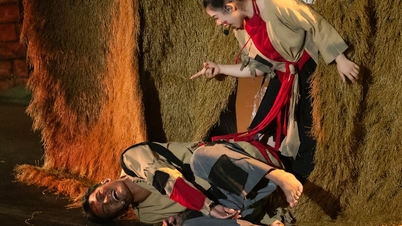



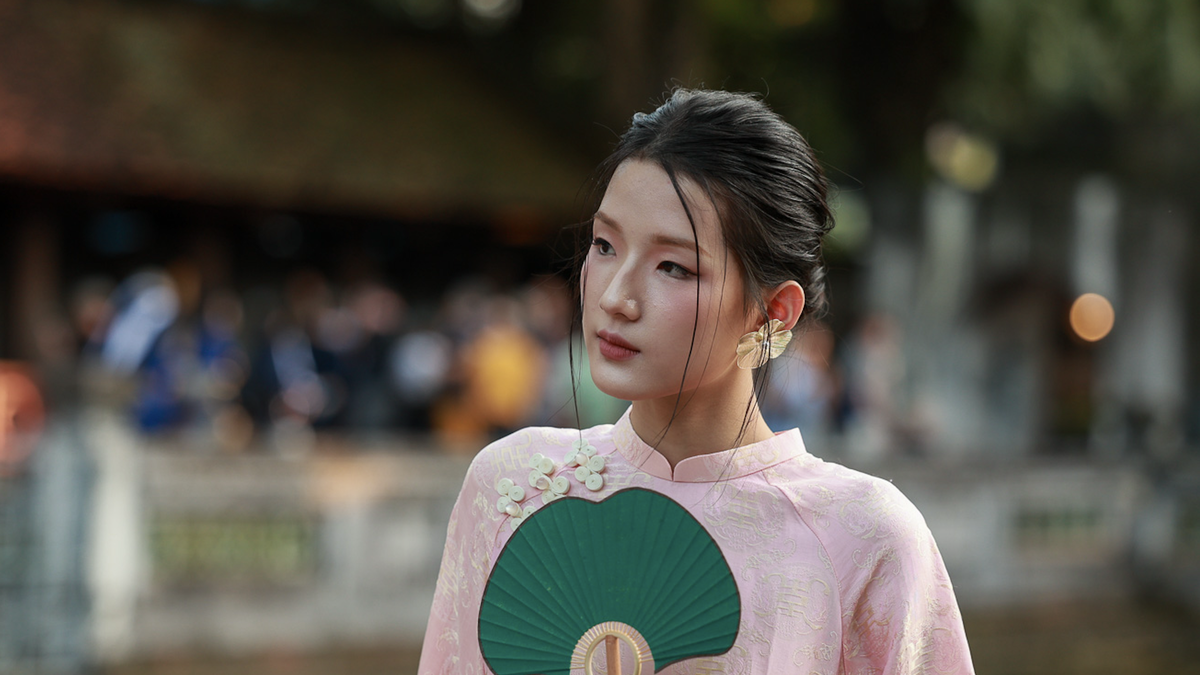
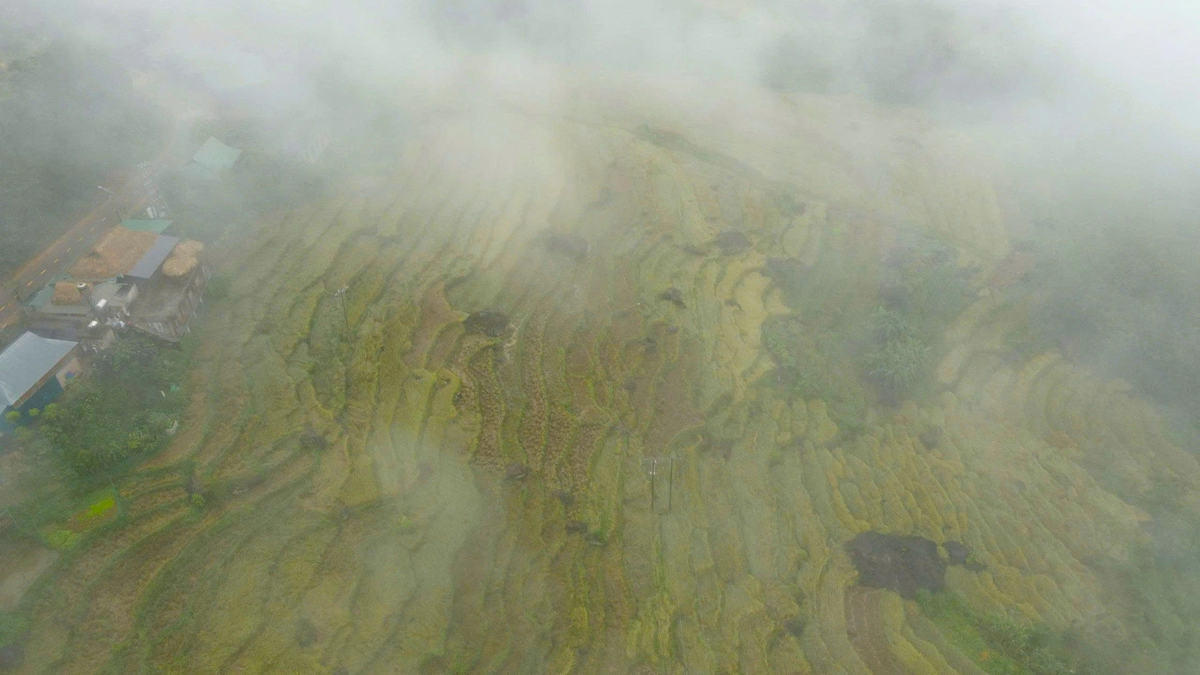
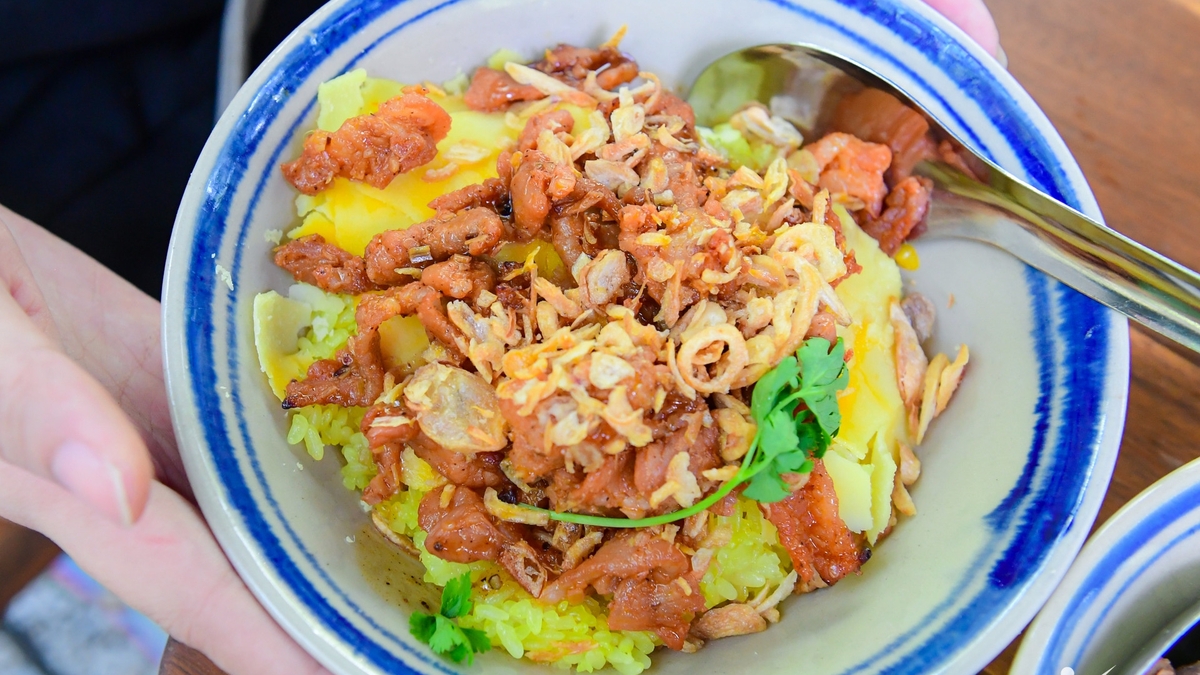
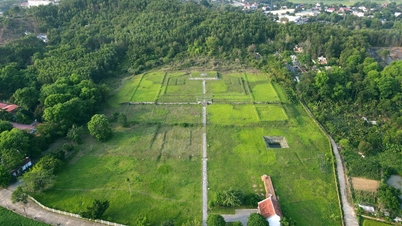



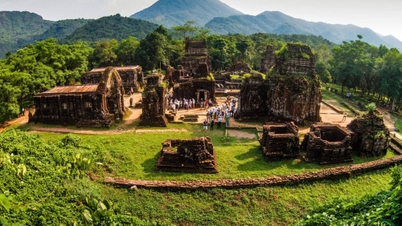



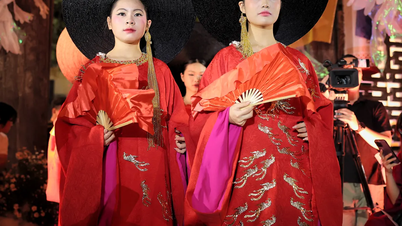

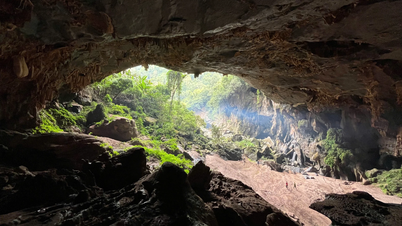

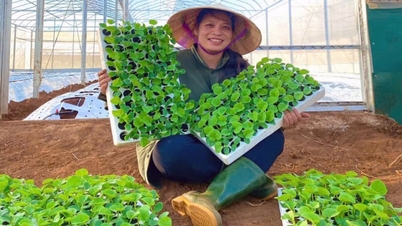

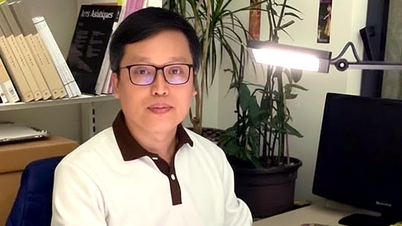
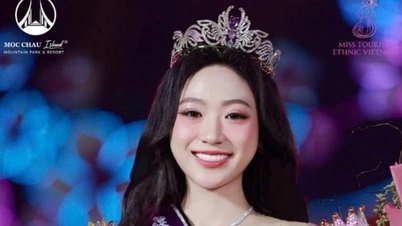

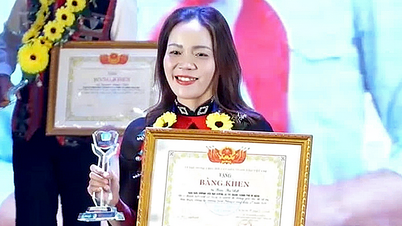





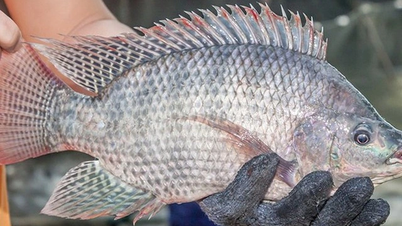



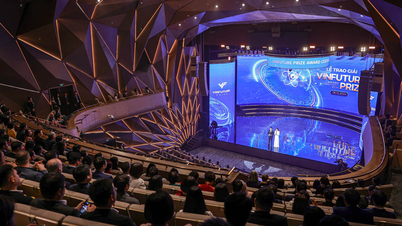

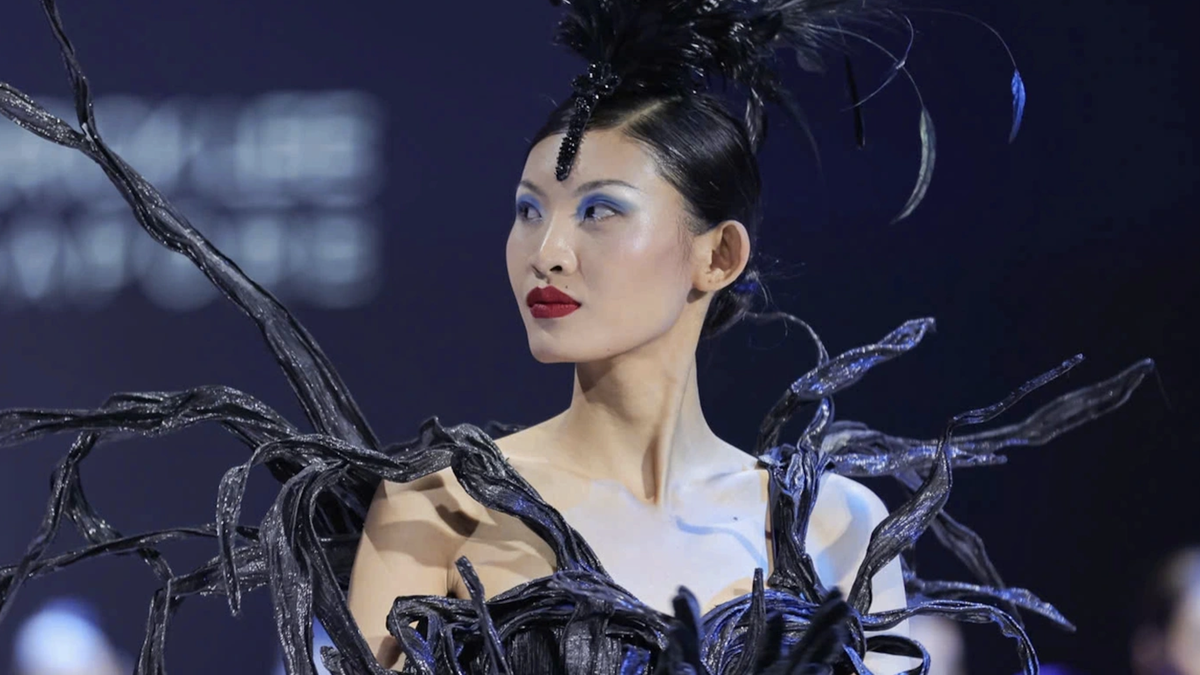


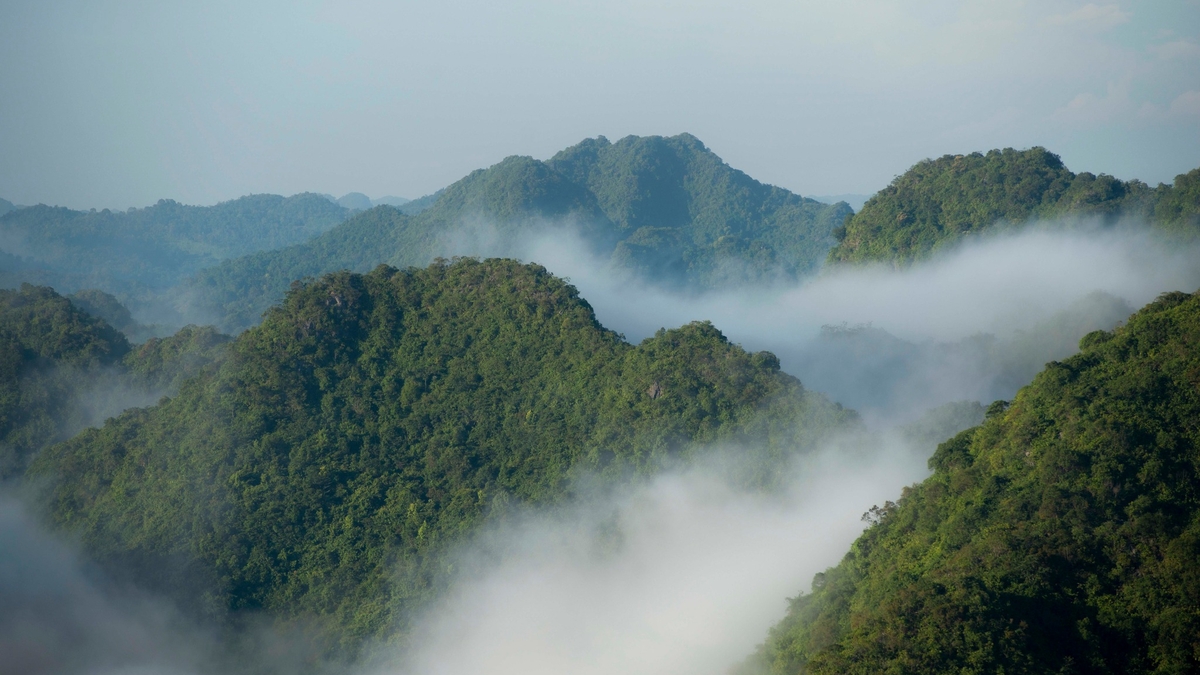
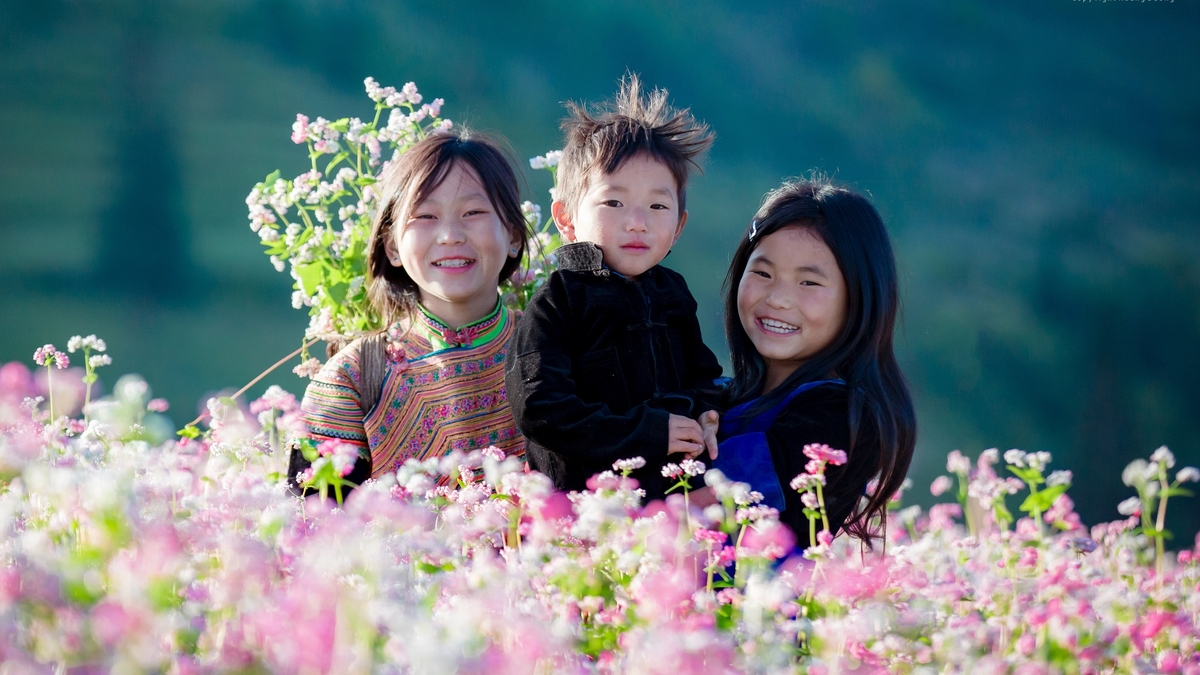
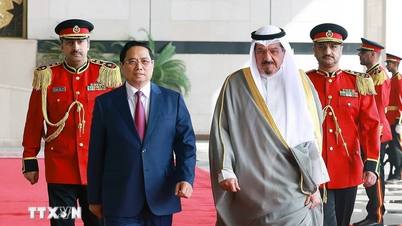
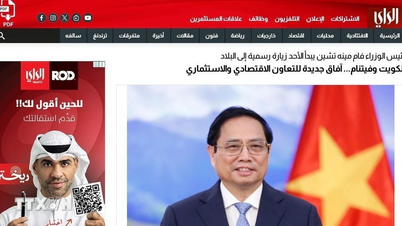


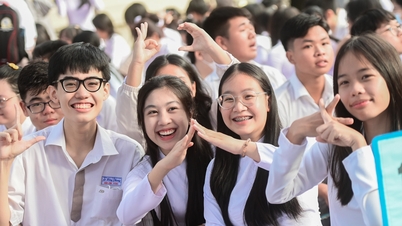
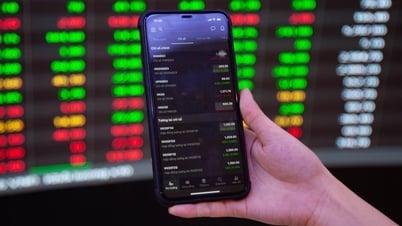


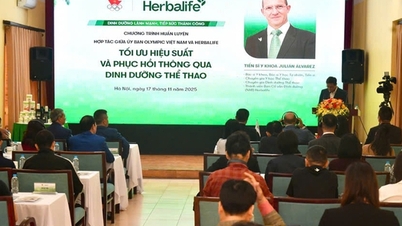

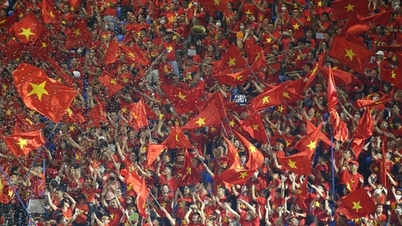
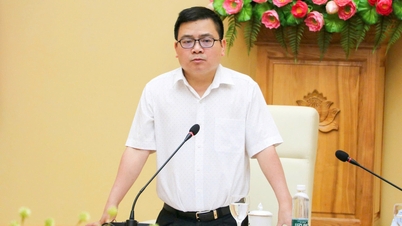



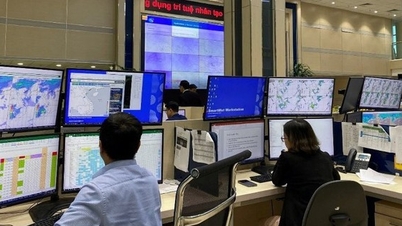



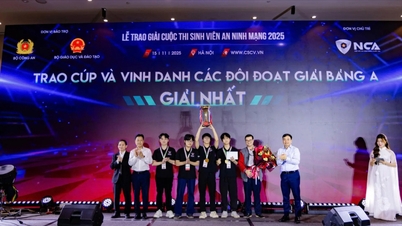

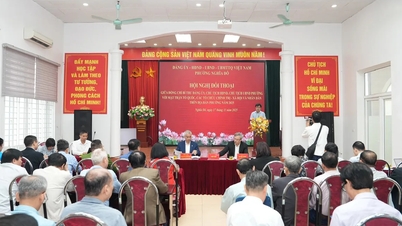
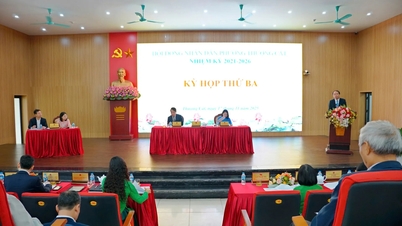


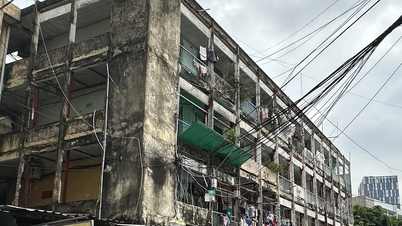

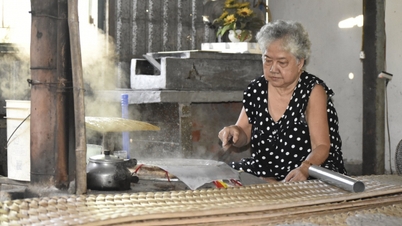

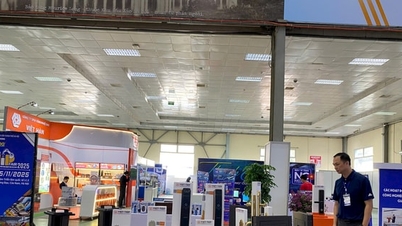


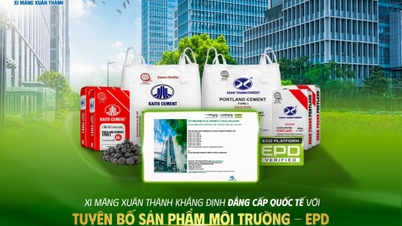
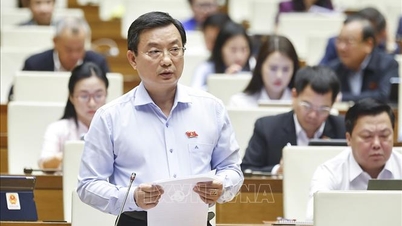

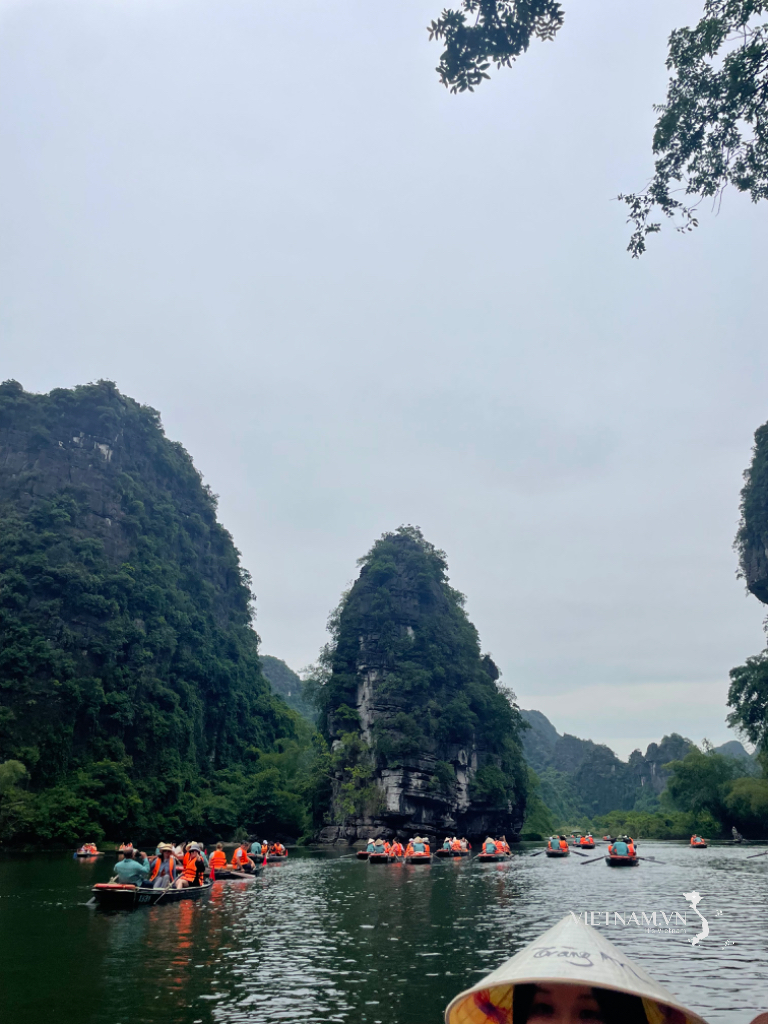

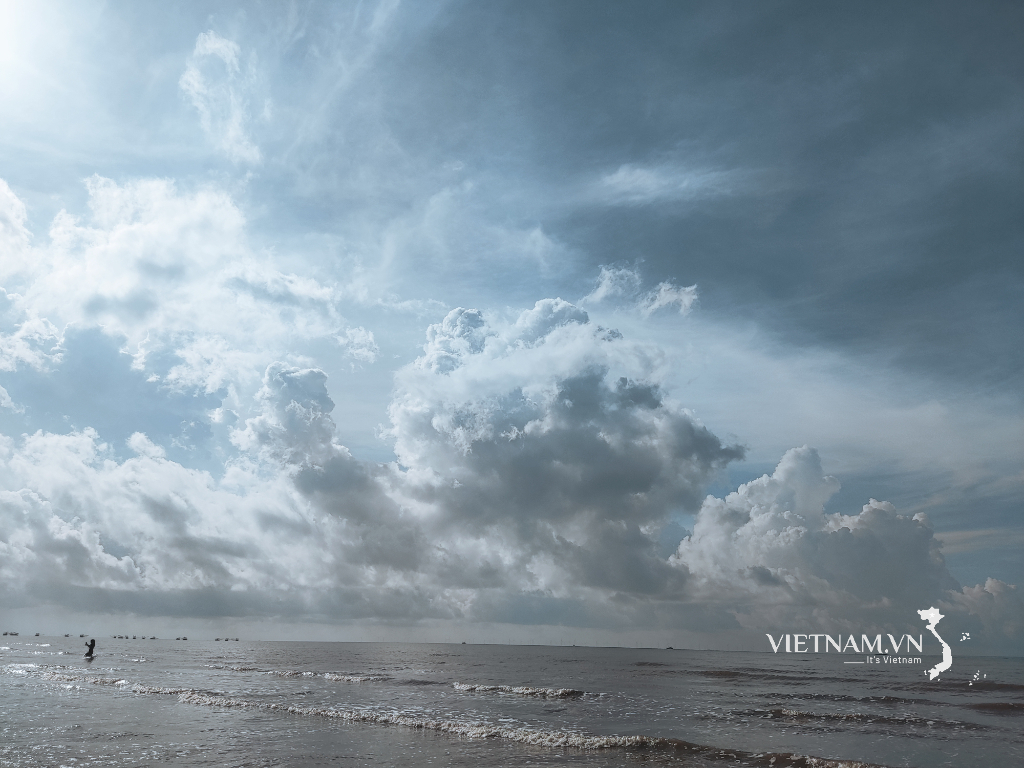

Comment (0)